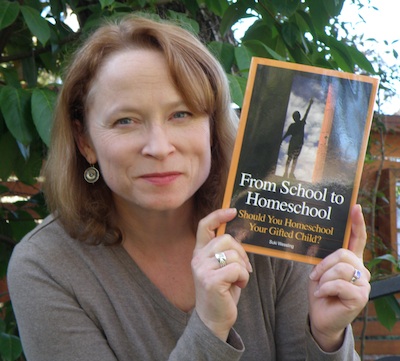Tag: curriculum
-

How can I teach my young child without curriculum?
Do young children really need curriculum to learn? If you live a learning lifestyle, perhaps the answer is “usually they don’t.”
-

Curriculum is the vehicle; learning is the destination
New homeschoolers are often focused on trying to purchase the perfect curriculum. But it’s important to remember that the curriculum we choose is simply a different learning vehicle.